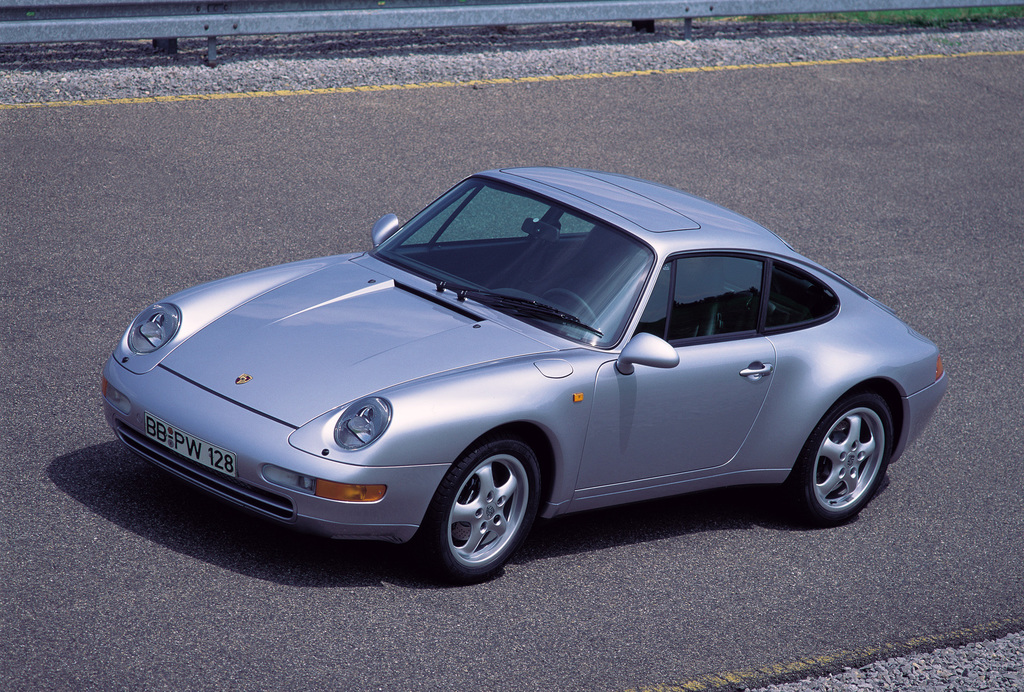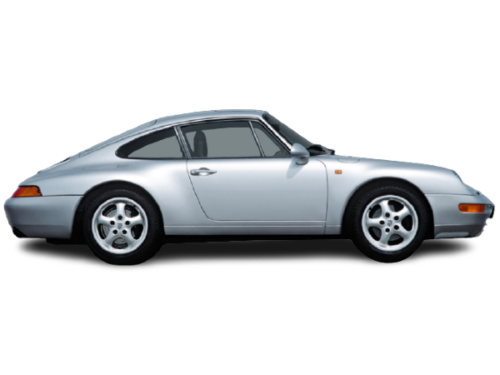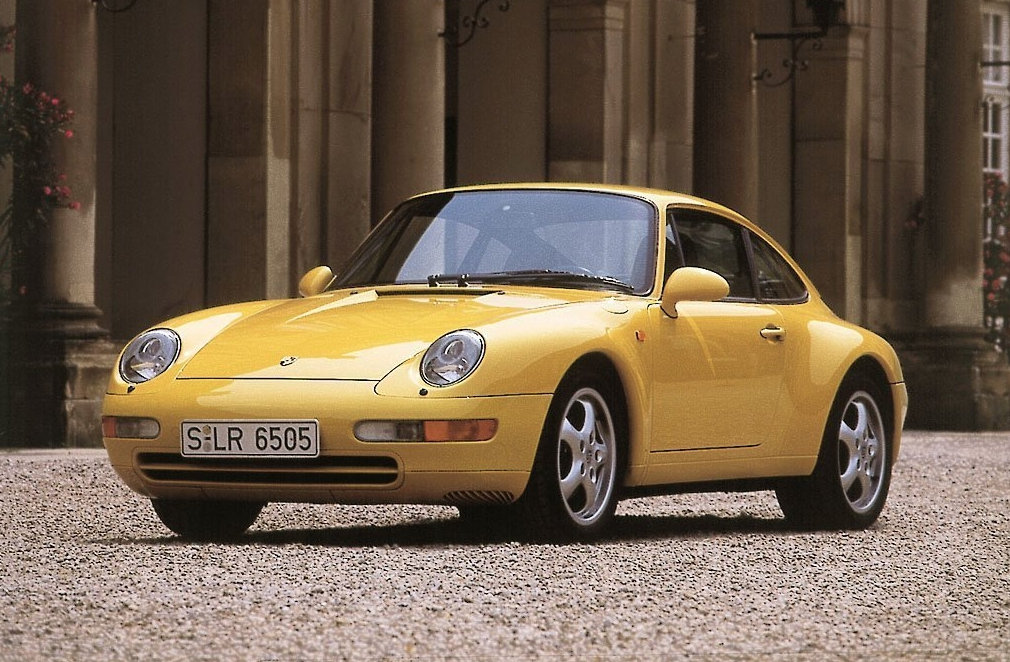(1994 – 1997) Porsche 911 Carrera – Ultimate Guide
Introduced in late 1994 the standard 911 Carrera of the 993 generation was fitted with a development of the M64 3.6-liter flat six that had been found in the prior 964 generation. With a redesigned exhaust system and new hydraulic lifters, the engine produced 272 horsepower. For the 1996 model year, a Targa variant was introduced, and a variable intake runner system (called VarioRam) was added to the entire Carrera lineup, bumping horsepower to 285. Approximately 23,000 coupes were built, 15,500 cabriolets, and 4,500 Targa’s, in both manual and automatic (Tiptronic) transmission. Overlapping with the last year of production, it was replaced by the 911 Carrera of the 996 generation for model year 1998. This post focuses on the base coupe version.
In many ways the 993 Porsche was the last “true” 911. That’s true because it was the last air-cooled 911 and it was produced as Porsche’s mainstay without the help of SUVs, 4-door and other smaller cars within the model range. The new 993 was clearly an evolution of the 964 911. Both cars shared the exact same roof panel but the 993 was considerably updated below the beltline. The 993 was the mix between the old and new school, with enough comfort for a daily-driver car, and good performance that felt truly modern compared to the outgoing 964.
The Carrera was the base model for the 911. It had smoother lines, less prominent fenders, kicked-back headlights and flared-out rear fenders. It featured two round headlights, in the tradition of the Porsche brand. The flat and low trunk-lid in the front was lower than the fenders. The windshield was not very raked and the sloped back toward the end of the car made a curved line along with the engine lid. A rear spoiler was installed and it was automatically extended depending on the car’s speed, or via a button installed in front of the gear-stick.
Inside there was more room in the 993 thanks to positioning all the glass further out. Porsche management kept the 964 interior intact so the designers could only slightly revise the design by including a 4-spoke steering wheel and new center console. The interior also featured sport-bucket seats in the front and two small seats in the back. The instrument cluster featured five dials, with the tachometer in the middle and a clock on the right side. The climate controls and the stereo were mounted in line with the steering column.
The M64 Flat-6 was developed from the 964 unit with a completely new bottom end and hydraulic valve adjustment. The 3.6 used the twin-spark ignition from the 964, but with heat-resistant RR350 aluminum-alloy in the cylinder heads. Attached to this was a new dual-flow exhaust that employed twin catalytic converters. The engine was essentially a completely reworked flat-six. It was offered in two versions of power, depending on the market and manufacturing year. A newly-developed suspension system resolved the lift-off oversteer problem form the previous generation. It was offered with a 6-speed manual or with the Tiptronic (automatic transmission) with manual override for gear changes.
The rear suspension was completely revised with a new aluminum sub frame that employed a wishbone-type suspension in an aluminum subframe. The system increased the rear track substantially and also allowed more freedom for motorsports development.
A new feature of the 993 was its automatic rear wing which raised above 50 mph to reduce rear-end lift and add more cooling to the engine. Main options included a limited slip differential with automatic brake differential (ABD) which applied the brake to a spinning wheel; a sport package with larger roll bars, stiffer springs and shock absorbers; a trip computer; a 6-disc cd changer with 10-speaker hi-fi system; sports seats, full power seats with optional leather and heating system and a Tiptronic S 4-speed automatic.














